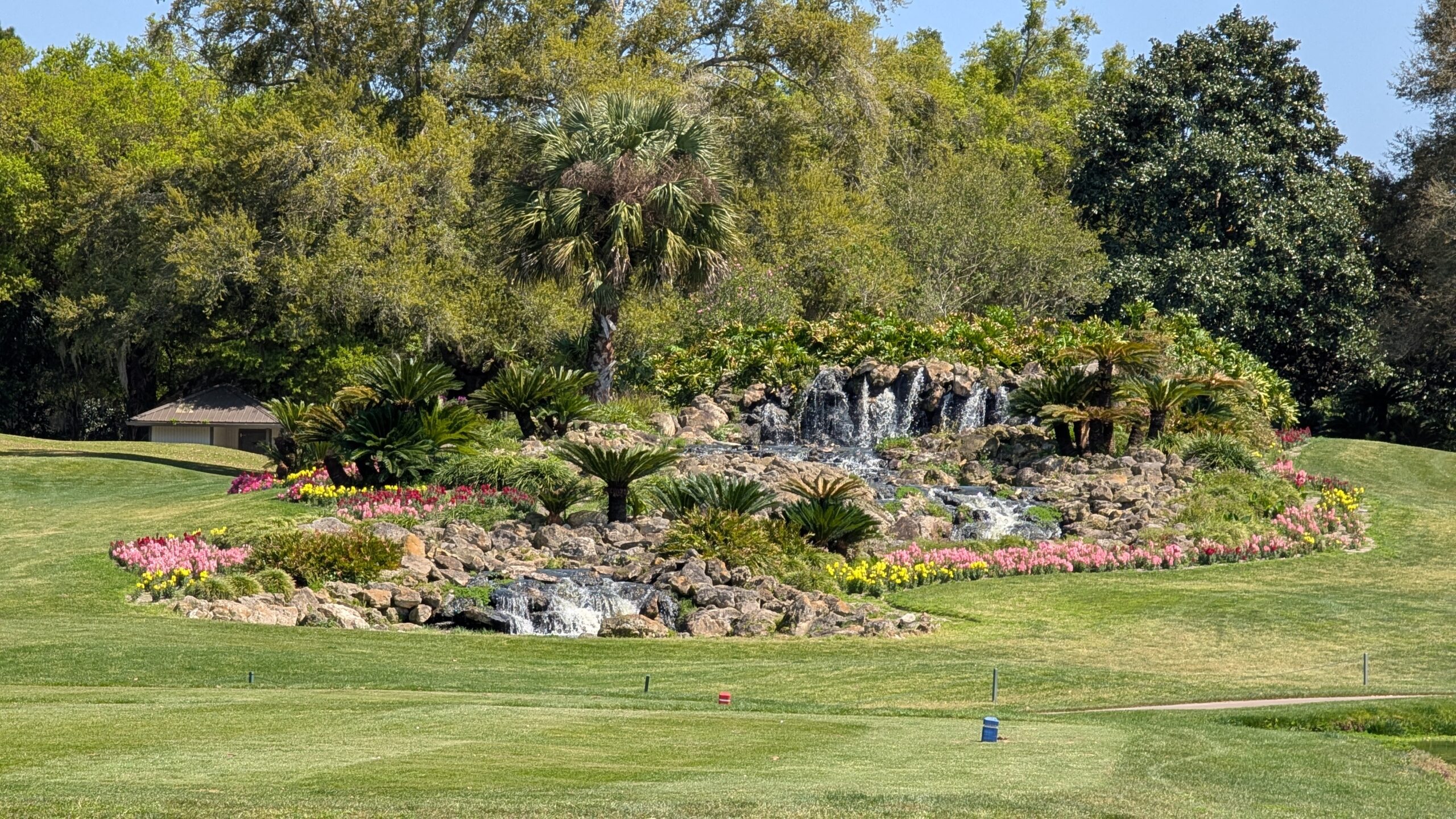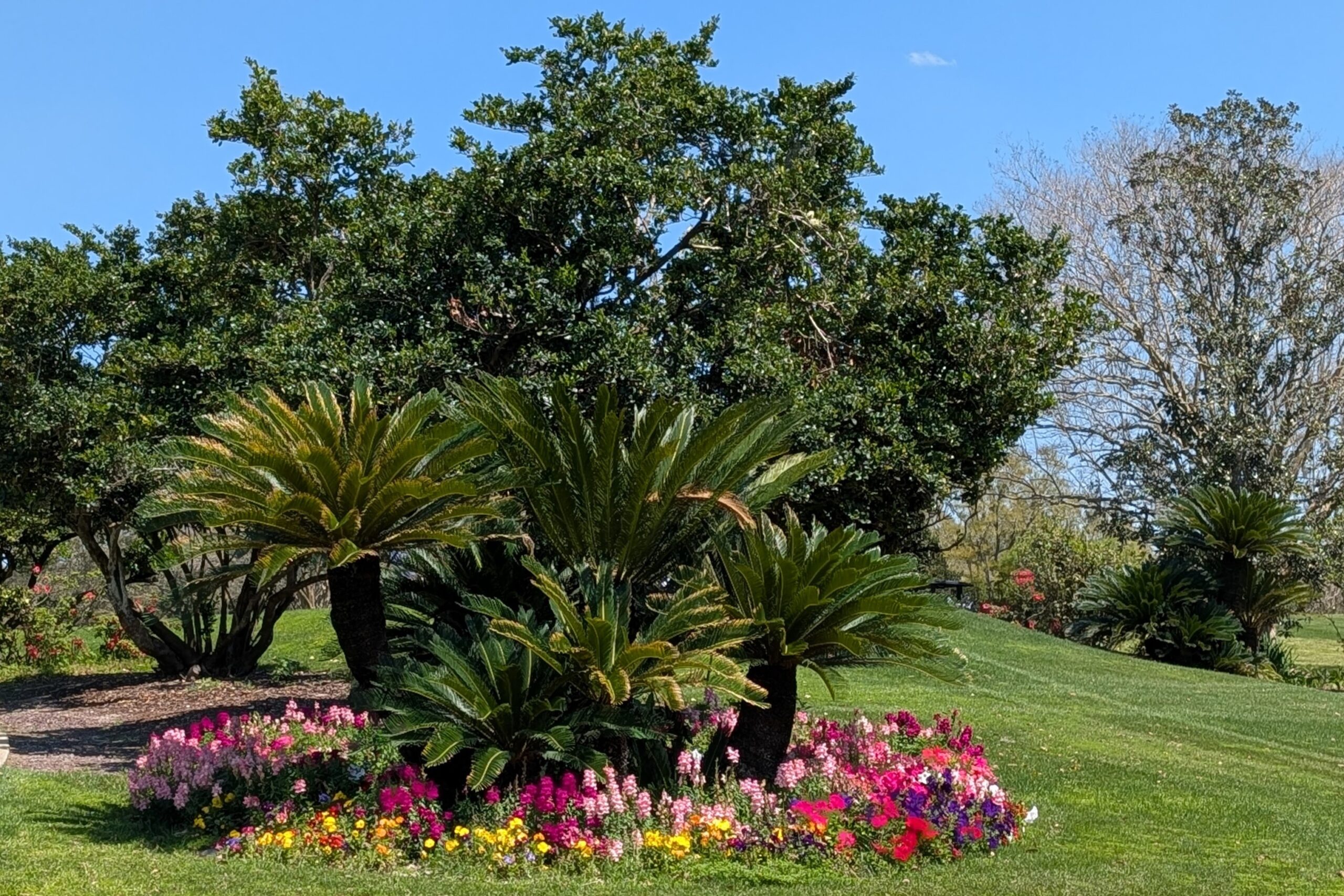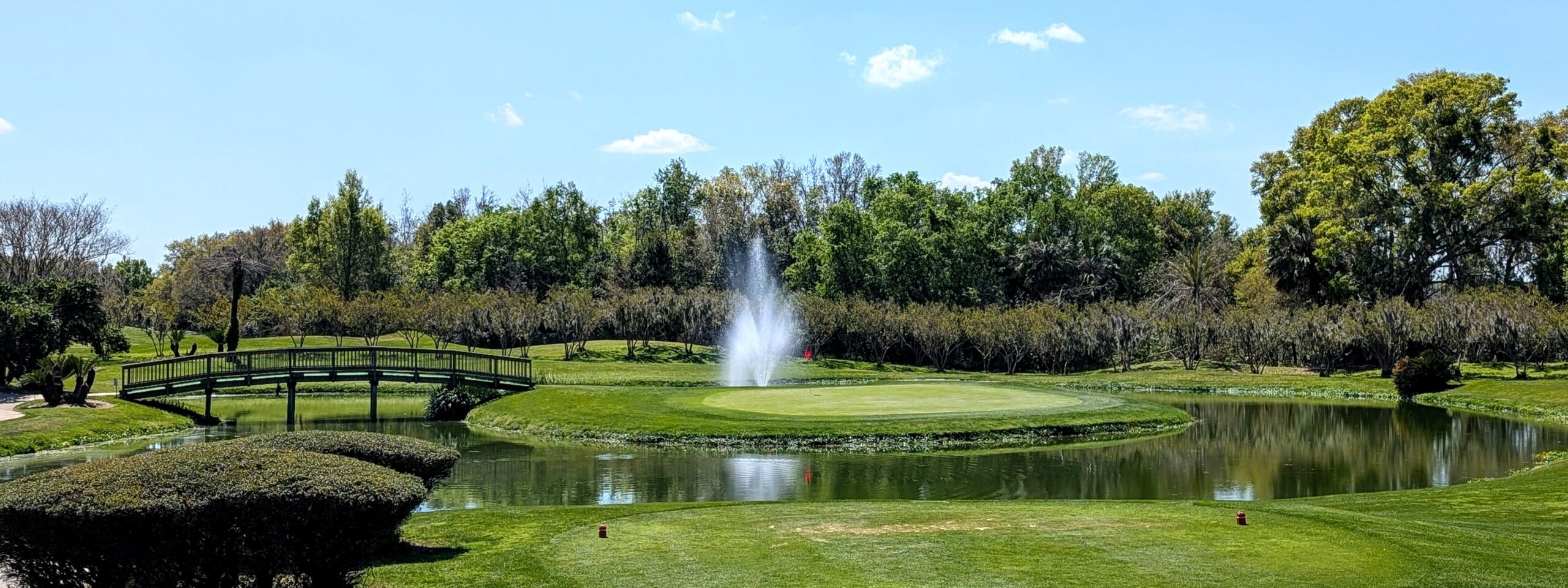
 OCALA, FL. — Granted, Baseline Golf Course is popular in this town in which I now live, but there’s no question it’s a special place. An Ocala resident for 15 months, I only recently visited this very different layout, nestled among beautiful horse farms.
OCALA, FL. — Granted, Baseline Golf Course is popular in this town in which I now live, but there’s no question it’s a special place. An Ocala resident for 15 months, I only recently visited this very different layout, nestled among beautiful horse farms.
Its beauty is only part of what makes Baseline different from the other courses in the north side of Florida. Different, in this case, is synonymous with good. It’s what makes Baseline a place worth visiting for golfers coming to the Sunshine State from distant areas.
Baseline is a 19-hole executive course, with seven par-4s and 11 par-3s and a bonus hole. Designed by Arlie Parker and Stan Norton in 1988, it’s a privately-owned public facility with a notably spacious practice range. It was built on a one-time water melon farm that was liberally spruced up with the planting of ornamental trees and flower gardens.
Parker, a former professional hockey player, grew up in Canada and was a physical education teacher and then owned a painting company in New York before retiring to Florida.
`Then he realized he really loved plants and flowers,’’ said granddaughter Ashley Hodgson, who is Baseline’s general manager. “He planted every tree on the course and also built our waterfall.’’

Now 86, Parker and a partner created a nine-hole course. Parker, the sole owner since the 1990s, added the second nine plus the bonus hole (more on that later). He still puts in working hours at the course.
Doug Johnson, a former touring pro, has been giving lessons at Baseline for about 30 years and the range has lights to allow for evening activity there. The rest of the staff numbers 8-10 for inside projects and 10 for the outside work. There’s also a mechanic who works full time.
One very important thing for golfers to know before making their first visit to Baseline. There are no tee times. There may be a wait before you can tee off, but you can kill time browsing through a well-stocked pro shop that has tons of good deals or using the driving range or putting green beside the first tee.
It’s also noteworthy that, while Baseline is amply supplied with carts, walking is also possible at any time. Rates range from $22, for nine holes walking, to $52, for 18 holes with a cart.
Oh, yes. Baseline doesn’t just have 18 holes; it has 19 – and the rotation is unusual. So is the course’s scoring system. No. 13 – the one designated as “Lucky 13’’ and the signature hole – follows No. 4 and precedes No. 5. It has an island green and scoring is optional. Course rules say a score on “Lucky 13’’ can be used to replace a higher score on one of the other par-3s. In effect, it’s a bonus hole – whether you need it or not.
I’ll take issue with the “Lucky 13’’ designation as the signature hole. There’s a stunning floral display and waterfall located between Nos. 7 and 15. Hence it can be seen on both nines. It makes for a great photo op.
There are many more floral gardens on the course, which assures a pleasant tour of the property no matter how your score adds up. There’s also a fox den on the front nine, and one of the fox cubs strolled near a tee box when we were playing.
Because of its length – 3,604 yards, and a par of 64 — it’s a fun course for players of all ages and skill levels. The longest hole is 320 yards (the back tee yardage at both Nos. 9 and 10), and the shortest 80 yards (from the front tee at No. 8).

